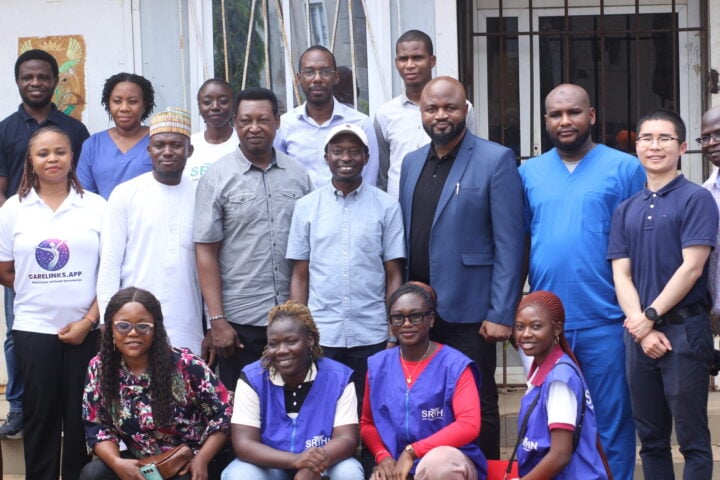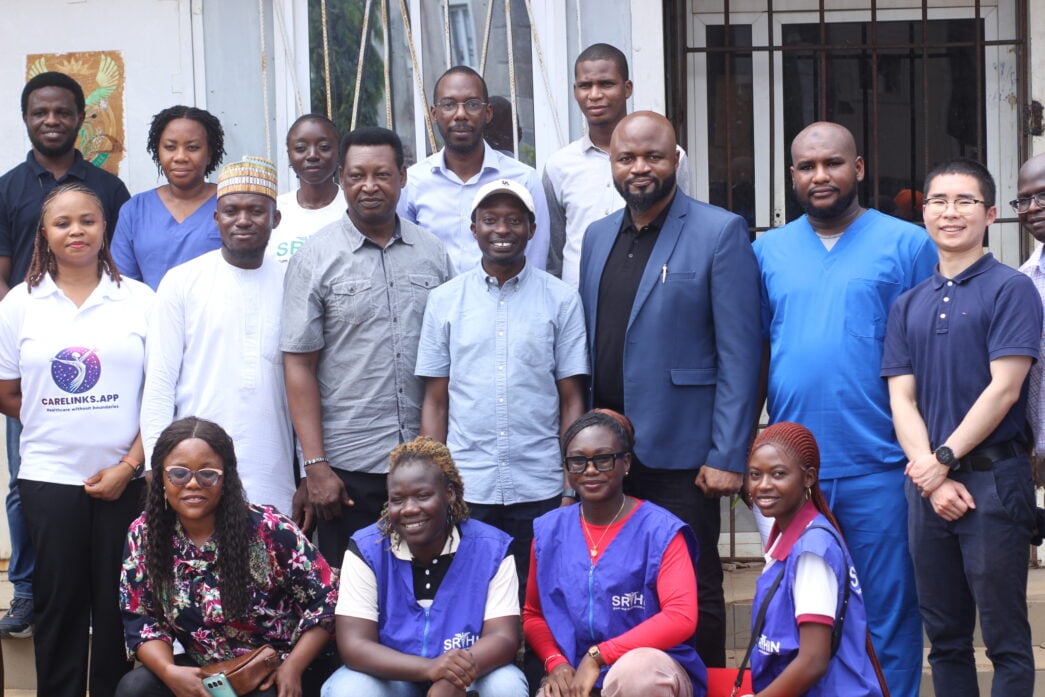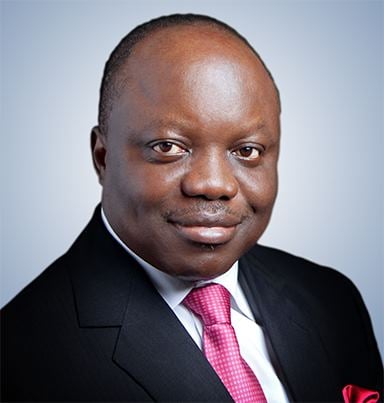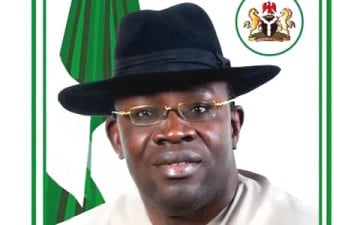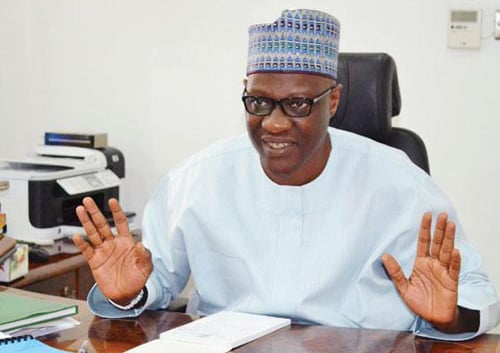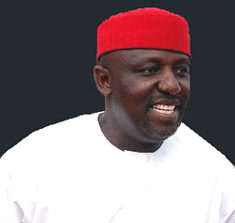The University of Glasgow tested a telemedicine project for internally displaced persons in Abuja using 5G technology.
The two-day trial was held on October 24 and 25 at the New Kuchigoro IDP Camp in Abuja.
It was held in partnership with MCom, the Slum and Rural Health Initiative (SRHIN), and Carelinks Healthcare Solutions.
The university, in a statement, said the project demonstrates how standalone 5G connectivity, when combined with satellite internet access, can deliver high-quality live telemedicine services in humanitarian and remote environments.
Advertisement
Funded by the UK Engineering and Physical Sciences Research Council, the project connected 21 volunteer doctors who joined remotely from within and outside Nigeria to provide live video consultations for 81 IDPs through a secure 5G network.
The university said this marks the first field demonstration of a hybrid 5G–satellite healthcare network in Nigeria.
It said the project validates the potential of next-generation communication infrastructure to extend healthcare access to underserved populations.
Advertisement
The 5G remote clinic, it added, showcased how flexible standalone 5G networks can be rapidly deployed to support essential social services such as healthcare, education, and emergency response.
By eliminating the need for doctors to travel physically to camps, the model enabled more efficient use of medical expertise.
The project, the university said, builds on its earlier research under the European Space Agency-funded 5G REMOTE initiative, which demonstrated remote dental examinations using 5G and satellite links in Scotland.
The Nigeria-based trial, it said, extends this innovation to a humanitarian setting, aligning with national and global efforts to improve healthcare access through digital connectivity.
Advertisement
Yusuf Sambo, senior lecturer at the University of Glasgow’s James Watt School of Engineering and principal investigator of the project, said the initiative illustrates how advanced communication technologies can make a tangible impact on people’s lives.
“By combining 5G and satellite connectivity, we have been able to bring qualified doctors directly to displaced communities, wherever they are,” he said.
“Beyond healthcare, the model demonstrates how next-generation networks can enable vital services in areas that have traditionally been left behind.
“We are deeply grateful to our partners, MCom, SRHIN, Carelinks, and the Nigerian Communications Commission, for their support and collaboration in making this possible.”
Advertisement
Kingsley Uwazie, chief technology officer at MCom 5G, described the project as a demonstration of how private standalone 5G networks can serve as a reliable alternative for healthcare delivery where traditional systems fall short.
“This project has shown that connectivity can become care, and that 5G can truly serve as a lifeline,” he said.
Advertisement
Hughes Dimka, founder and lead of Carelinks Telemedicine, noted the critical role of technology in bridging healthcare gaps for displaced populations.
“The trial demonstrated how the combination of 5G and satellite connectivity can deliver high-quality, immediate consultations directly to those who need them most,” he said.
Advertisement
“This is not just about remote appointments; it is about equitable access to care regardless of location or infrastructure challenges.
“Carelinks Telemedicine is proving to be a scalable model for ensuring essential health services reach every corner of the globe.”
Advertisement
